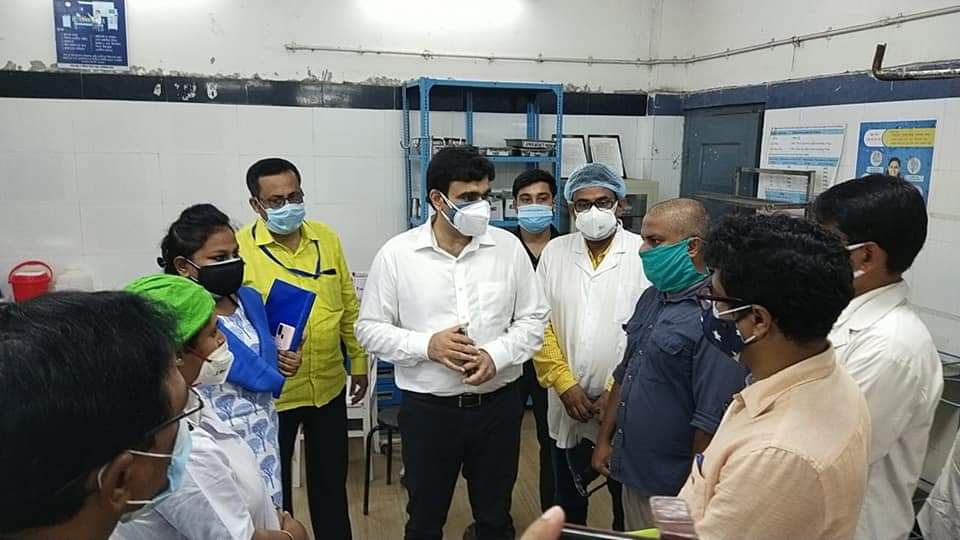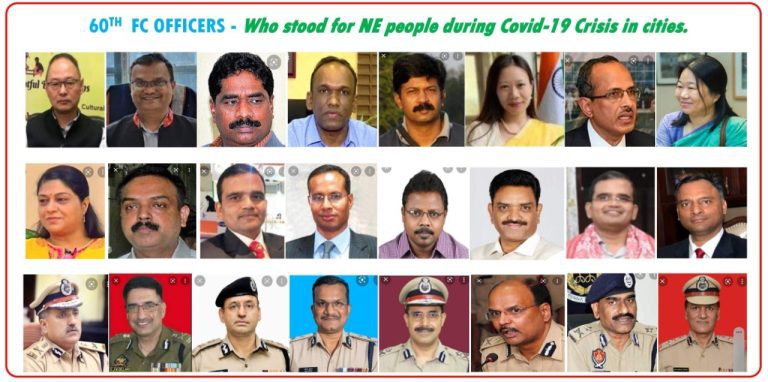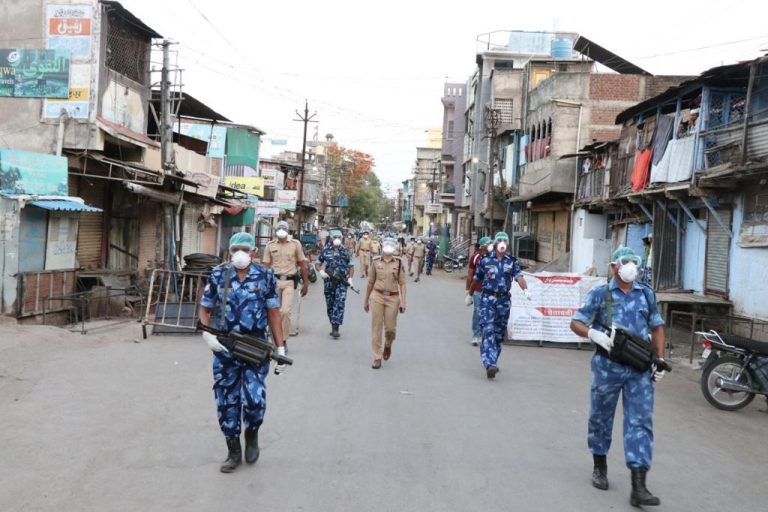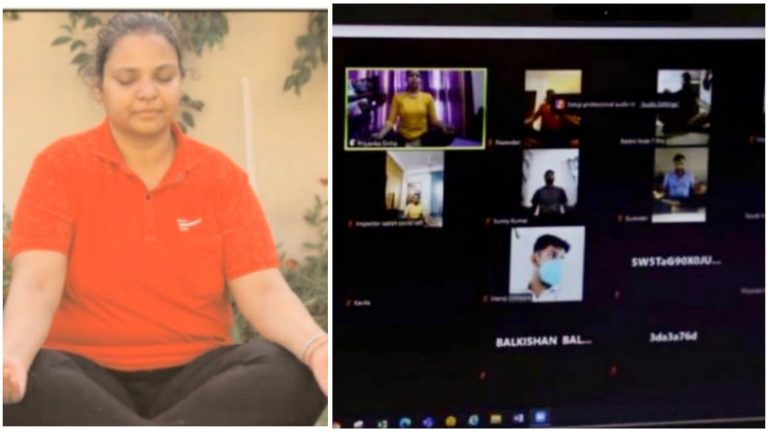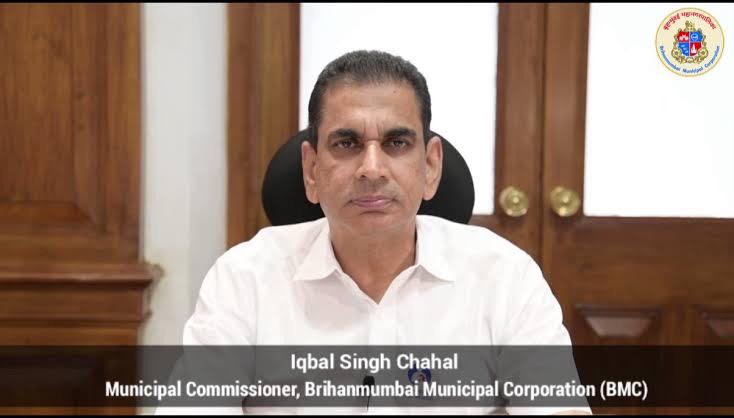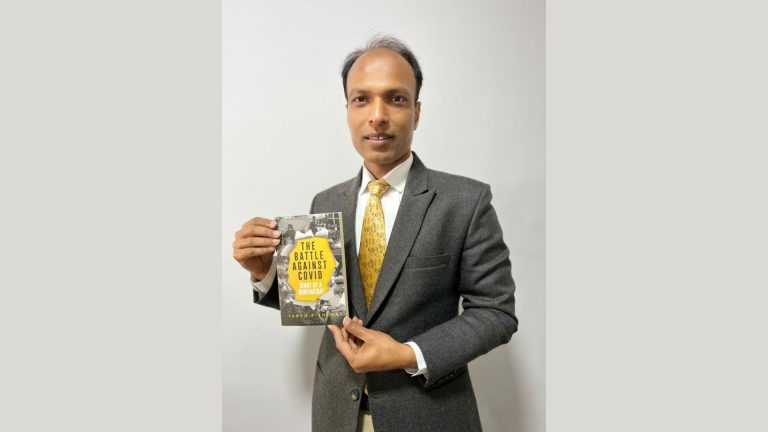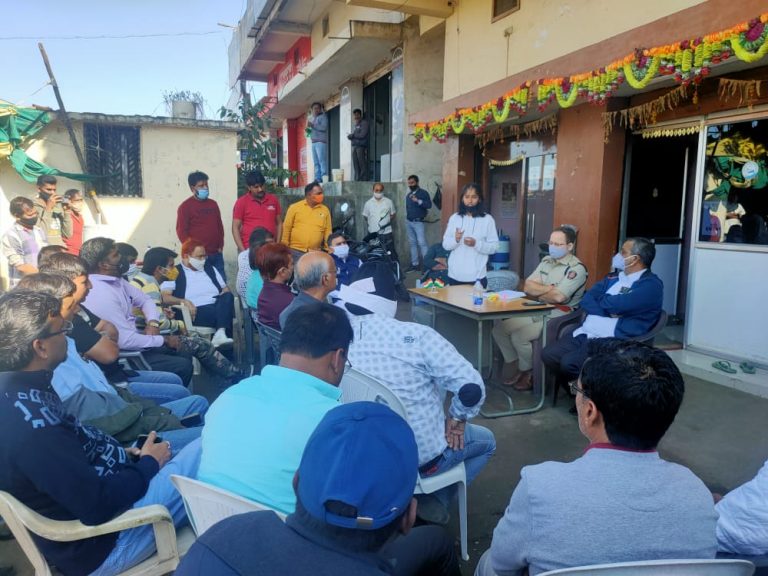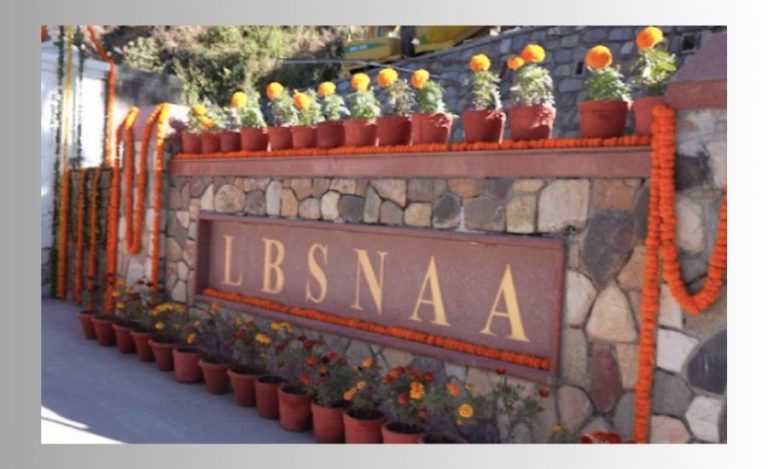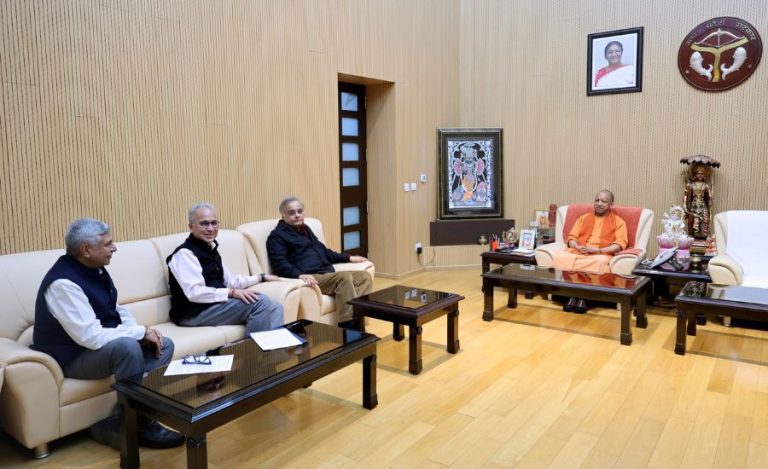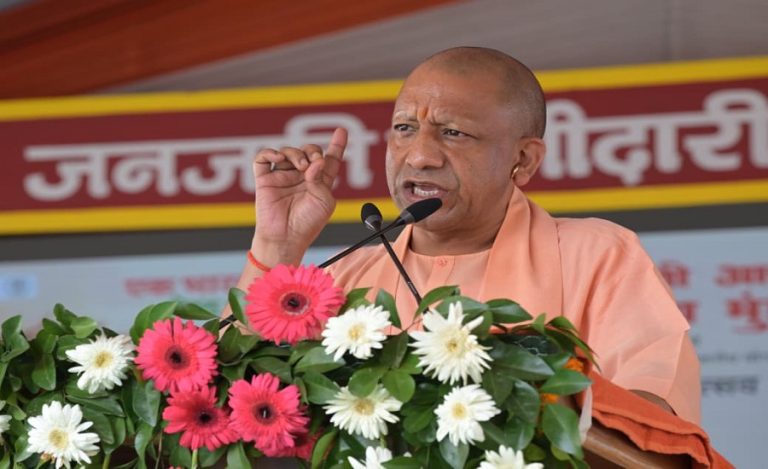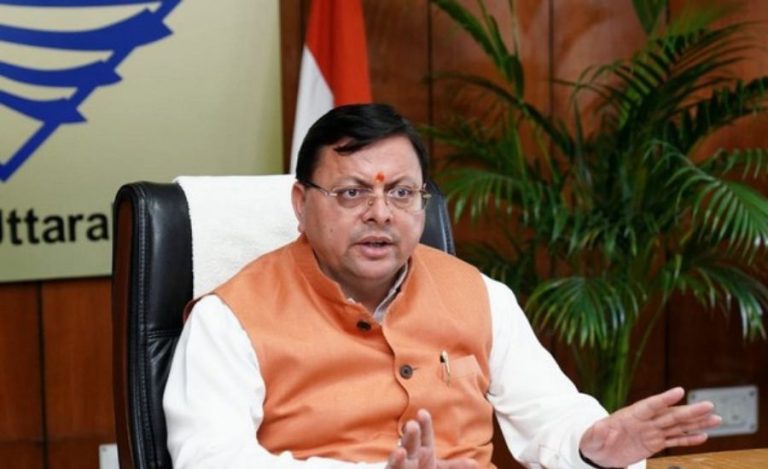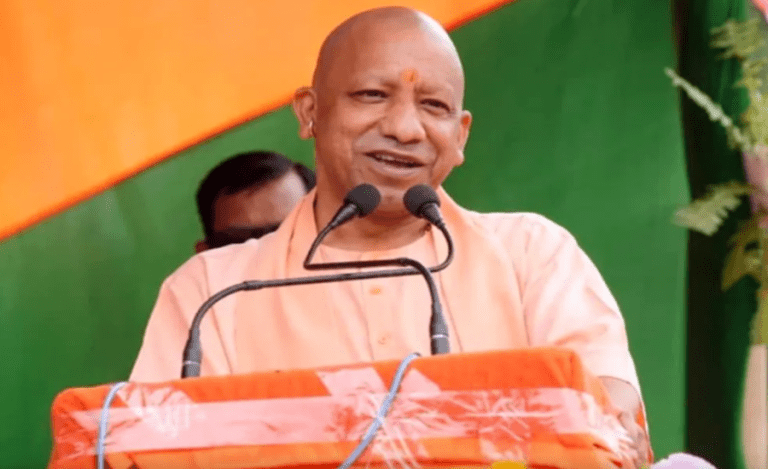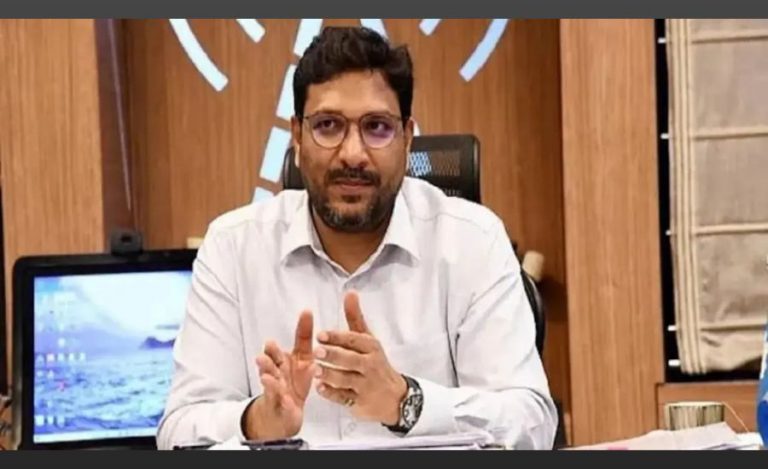Just like torrential rains and strokes of good or bad fortunes, many other things in life also come in spades.Take Cooch Behar, for instance.This heritage district of West Bengal shares a 85 km long border with Assam and another 550 km. It saw a huge influx of migrants during the first wave of Covid 19. As everyone was witnessing a situation like this for the first time in their lives, it was a daunting task for the administration to work on various parameters to control the spread of the virus and also create awareness about it among the people.

Now as we stand here at the cusp between the second Covid 19 wave and the feared third one, Cooch Behar emerges as a shining example of success against coronavirus. Despite having such a huge population and witnessing major events like Durga Puja and West Bengal elections last year, it has managed to become one of the least affected districts in West Bengal. Not only this, but the district administration is now catering to the Covid 19 recovered patients by starting preventive follow-up by setting up OPDs for any post-Covid complications, including Mucormycosis, etc.
MIGRANTS AND RELATED ISSUES
The district administration started with making a database of those people of Cooch Behar who were stuck in other parts of the country. These people were present in around 30 states and union territories all across India. As soon as the movement of people was allowed after the first wave of the virus, the administration arranged for these people to come home,with the state government spearheading the initiative. The people were screened and all the necessary help was provided to them before arranging for transportation to their respective places. The isolation and quarantine for these people helped the Cooch Behar district in having zero cases till May 30, 2020.
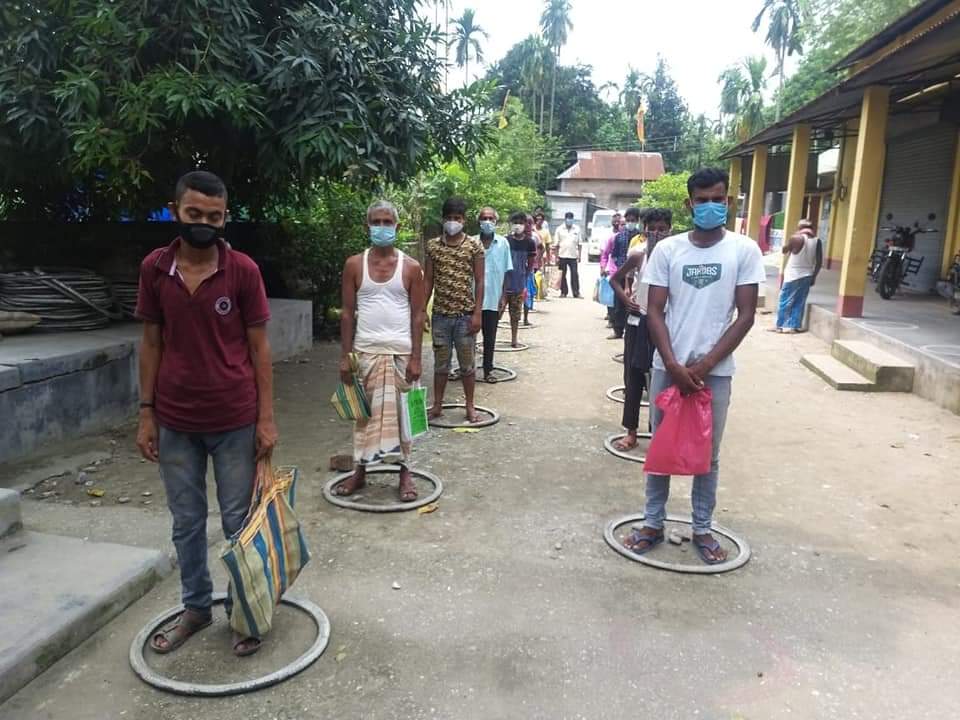
This was largely made possible due to the community quarantine centres. The administration enrolled the help of NGOs, volunteers and civil society in setting up quarantine centres so that all the returnees could be quarantined. It also issued guidelines on how to run these centres, with help being provided on a case-by-case basis to plug gaps in their management. These measures helped the district again achieve zero active cases within July 4, 2020.
Cooch Behar District Magistrate Mr Pawan Kadyan told Indian Masterminds, “The returnees included skilled people who were provided support by the administration and are now engaged in entrepreneurial activities in our district. Some 60000 families have been supported through various initiatives like MGNREGA and even getting government assistance through SHG networks in case of women.”
THE SECOND WAVE
The Cooch Behar administration was engaged in the setting up the necessary infrastructure for the second wave, as the active cases till the starting of April 2021 were around 20 and the TPR was around 1%. Many people engaged in data analysis were contacted to understand how the models were being developed. The administration then developed its own data models. As CSR initiatives were permitted for covid assistance during the the second wave, the administration spoke to people in NGOs and other allied bodies who were helping the needy.
“Help Indian Hospitals”, a common banner was developed by a group of IITK Alumni volunteers under which all the people (even those living abroad), who wanted to donate the requisite supplies could do so with ease. This initiative has till now helped 145 hospitals in 24 states across the country. A sum of 5.28 crore rupees was raised under the banner to help various people in need and help them in procuring the necessary supplies.
The number of beds were increased by 10-fold during the second wave as many states had peaked before West Bengal. This was achieved with the guidance & support of the state government, hospitals, local businessmen, and commercial banks. A district-wide oxygen monitoring committee was setup to collect data from all wards of all hospitals in the district, where COVID patients were being treated. Such data helped them understand the projected need of oxygen for the next 48 hours so that the supplies could be arranged before the panic set in. Testing was increased, which helped them detect cases early due to which the fatality rate was as low as 0.34% for the district.
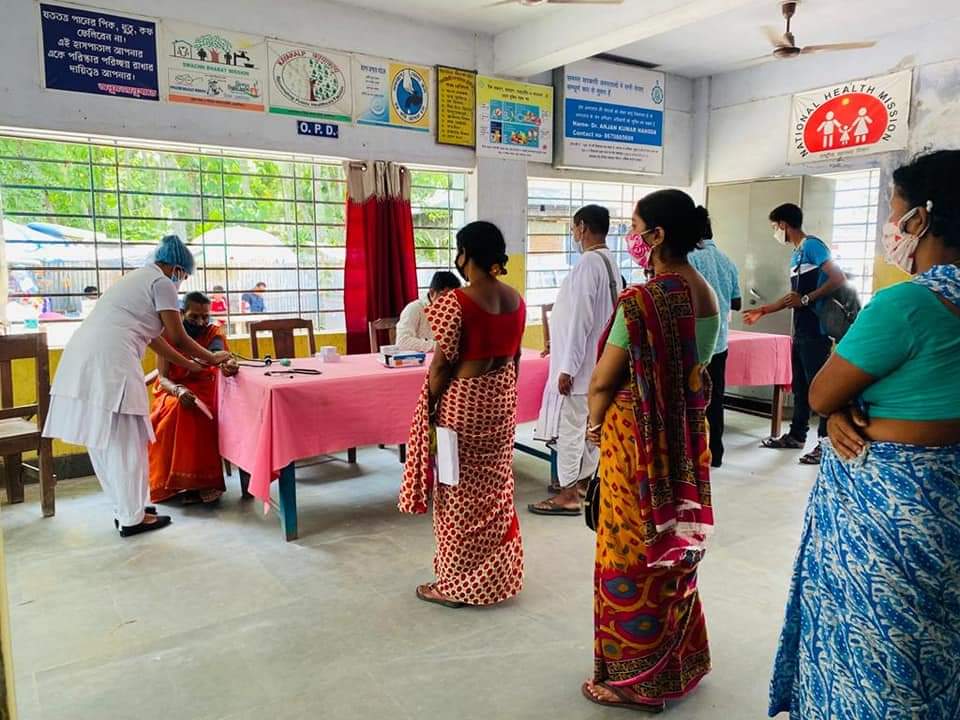
While speaking with Indian Masterminds, District Magistrate Pawan Kadyan said, “There was no stone left unturned for the preparation of the second wave, which can be seen from the increase in the number of beds. For a district which is predominantly rural, increasing the bed capacity by 10-fold means a lot. A lot of brainstorming was done to arrange for the facilities and ensure the timely arrangement of supplies.”
“Our district did not have an oxygen plant. One was ordered in the first wave, which helped in the second wave. The oxygen concentrators and pipelines (MGPS) were arranged to ensure a steady supply of oxygen in the hospitals. Certain beds which required more oxygen were installed nearer to the pipeline from the plant, so that adequate pressure could be maintained. All the data was collected and collated by the oxygen monitoring committee on a daily basis,” he added.
POST COVID COMPLICATIONS
After hearing about cases of Mucormycosis (commonly known as black fungus) in other states, the drugs to treat the disease were procured and cleanliness was maintained at the hospitals including the use of distilled water ( where permissible) to lower the chances of a patient getting affected by it due to hygiene issues. Many post covid clinics too were set up.
ASHA (Accredited Social Health Activist) have been engaged for follow-ups after recovery of the patients, who are contacted on a daily basis.The instructions on how and when to take medicines and what protocol to follow are written in Bangla so that the people can understand easily. The home-isolated patients are provided covid kits with medicines with proper instructions starting from the first wave and second wave too.
The administration made an SOP for post Covid complications and started preventive follow-up OPDs in all the block primary health centres, district medical college and all other hospitals. Dedicated days in a week have been given during which people can visit these hospitals.
These measures taken by the administration are turning out to be very beneficial for the Covid 19 recovered patients. They seem quite satisfied with the treatment being provided to them.

